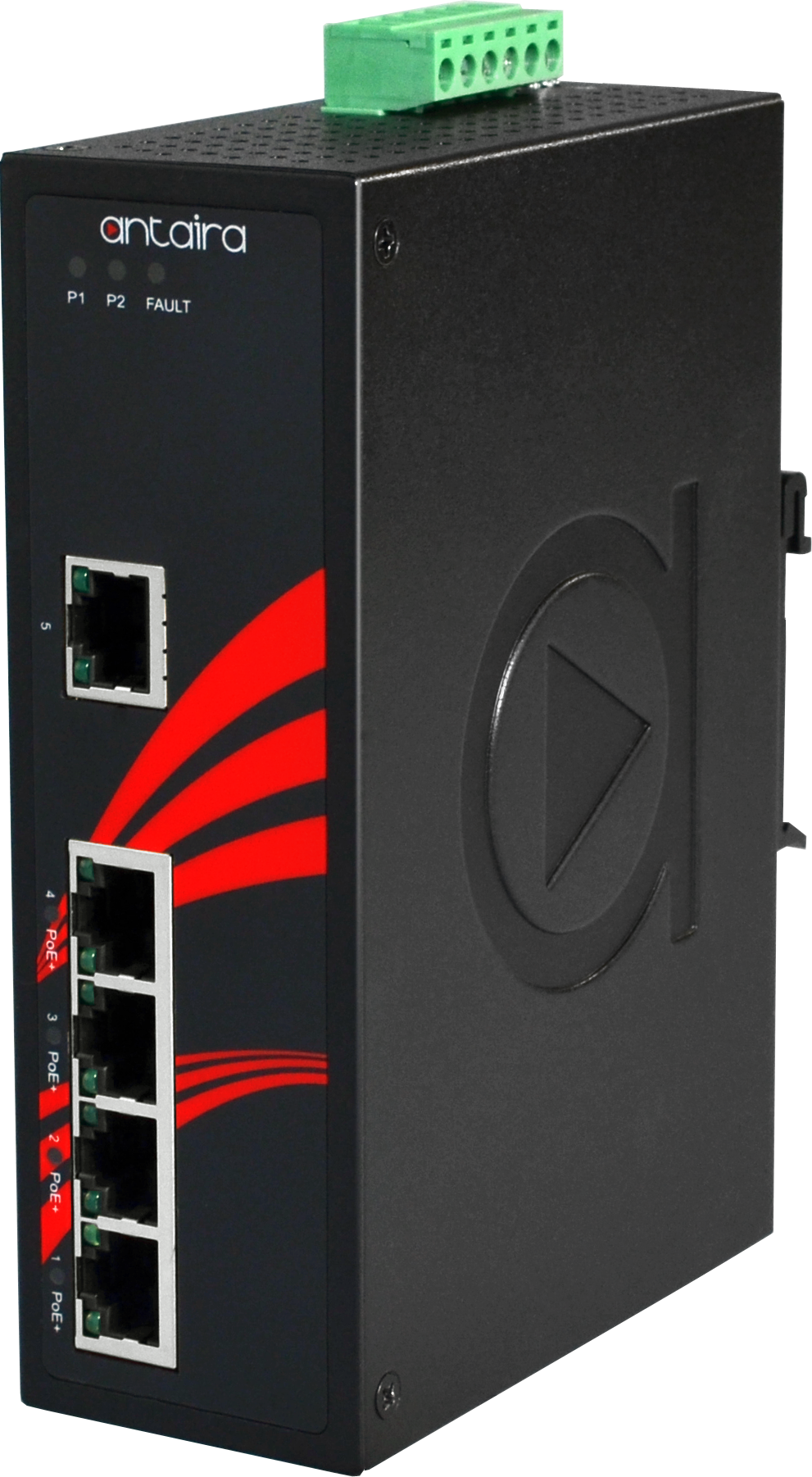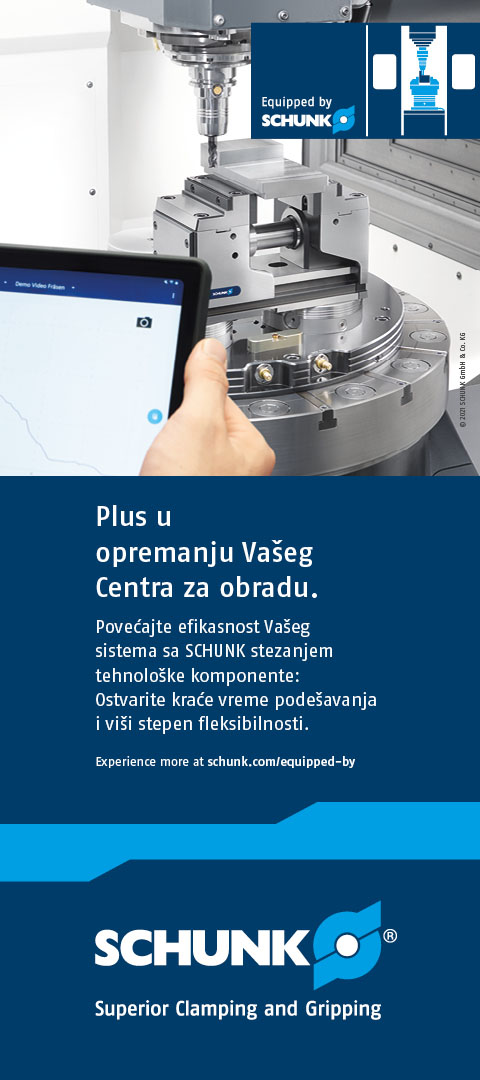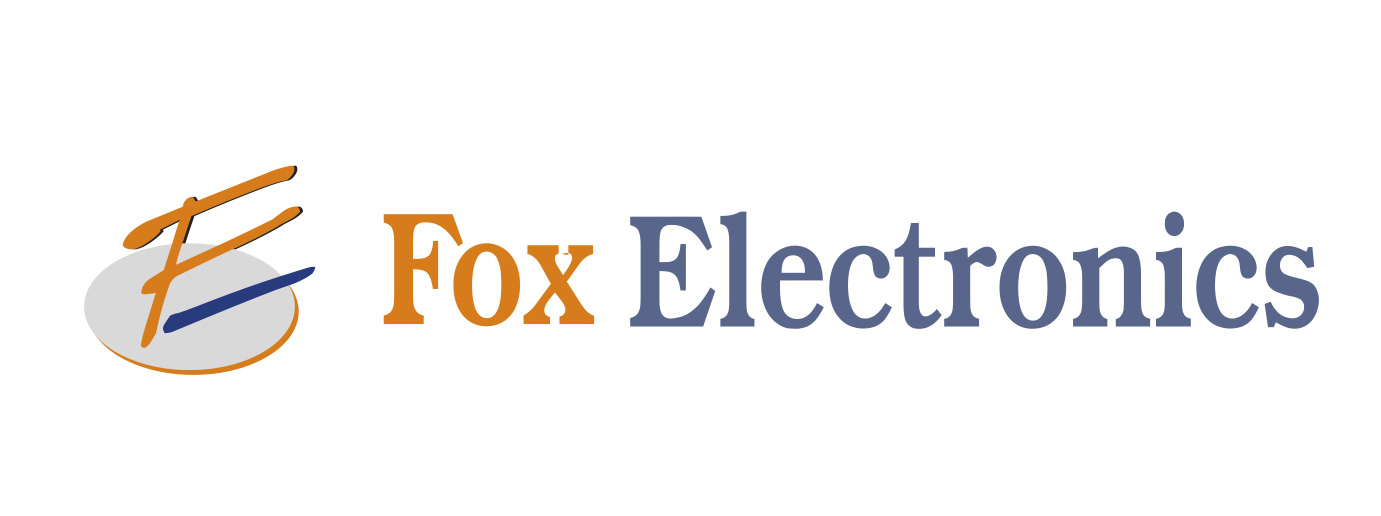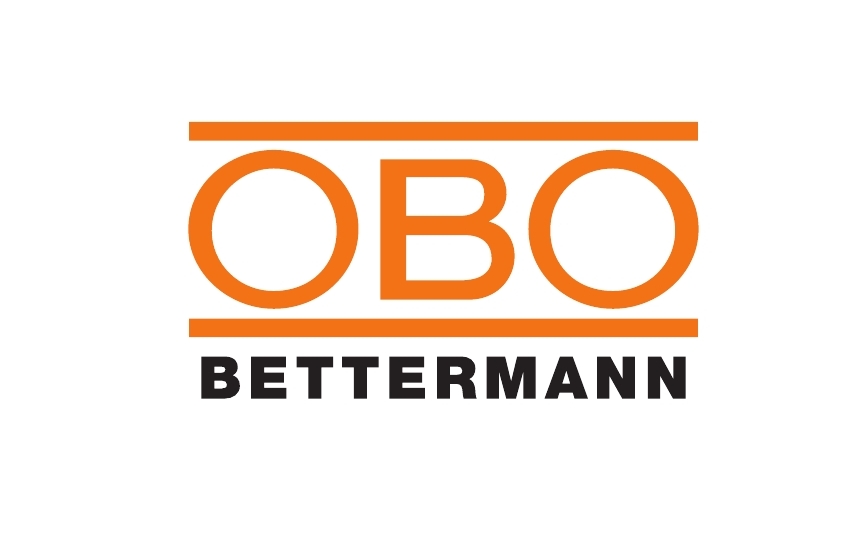Industry 4.0 – edge computing power is key

Up to now, cloud computing has been one of the biggest driving forces behind the growth in digital industrial transformation – particularly expansion of the Industrial Internet of Things (IIoT) – as well as increasingly high levels of automation in a wide and diverse range of industry sectors. However, today it is clear that using the cloud for data management and storage no longer represents the whole picture.
Edge computing used in conjunction with cloud computing – that is, processing data locally then sending it to the cloud – is becoming an increasingly indispensable element of the burgeoning Industry 4.0 concept.
As the number of smart devices increases due to greater IIoT usage, there has been a growing demand for these devices to have the data that they collect processed by units that are “on the edge” – ie close to their users.
With this in mind, edge computing is capable of minimising bandwidth usage and increasing response times by enabling data to be stored and managed close to where it’s required, making it possible to use edge servers within a much wider selection of applications.
Typical edge devices that many may be familiar with include sensors for controlling lighting, heating and other elements. These applications illustrate the clear benefits to having such sensors as close as possible to the computing power being provided, not least the substantial cost savings that can be achieved by cutting down on the amount of data that has to be transferred across long distances and/or stored in the cloud.
Indeed, there are several potential pitfalls for users who are looking to export data from sensors directly on to the cloud. They can include network latency, poor system integration, high data management costs and vulnerability in terms of IT security.
For these reasons, then, it is being acknowledged that local is best and that taking on edge computing can have hugely beneficial impacts on the adoption of otherwise costly Industry 4.0 systems.
Reducing risk and increasing agility
In short, edge computing can reduce risks when connecting devices and sharing data, increase flexibility and agility within organisations, reduce the amount of irrelevant data that is processed, and ensure extremely low and predictable latency levels.
Finally, in a manufacturing environment, where edge computing can integrate with an enterprise resource planning (ERP) system and deliver data processing in real-time, a company can speed up its automation process significantly by keeping things local.
A key cornerstone of this new approach – and therefore an influential factor in the widespread adoption of automation – is having the ability to process data locally via robust, reliable, customisable and easy-to-use solutions that can be used in hitherto challenging industrial environments.
These solutions include, for example, various types of industrial controllers and communication systems that can help to make the installation and application of Industry 4.0 networks much more feasible to set up and more straightforward to operate.
It is widely understood that Industry 4.0 requires the use of various tools that not only facilitate automation but also help to process and share data widely and efficiently. In turn, this enables manufacturing processes to be improved and refined and end-products made to precise customer specifications.
To make such a concept work in the real world, special interfaces and devices are required. These include communication cards compatible with various bus types, industrial modules, connection leads, and modern interfaces in the form of efficient and lightweight panel computers. Indeed, converters and industrial modules are now essential elements in the move towards Industry 4.0.
One of the solutions available to make this possible is based around a range of edge-based industrial controllers from Brainboxes. These units are capable of two-way transmission, where components communicate with a department of engineers who are able to interpret the data.
This kind of transmission requires communication cards compatible with various types of buses. One example is Brainboxes’ PCI Express (PCIe) bus supported by the IX-100 card. Compatible with Windows, Linux and other operating systems, which makes it easier to integrate with existing set-ups, the IX-100 also features overvoltage protection and measures just 120mm x 76mm x 18mm.
Finally, the plug-and-play card provides one industry standard 9-pin RS-232 serial COM port in a single PCIe slot.
Robust and easy to connect
To use advanced communications technology in an IIoT environment, it is important to use robust converters and in/out modules that are capable of connecting easily to devices. For example, the ADAM-4520-EE isolated RS-232 to RS-422/RS-485 converter from Advantech (Figure 1), supplied in a durable ABS enclosure, is one such module that measures 70mm x 122mm x 30 mm and has power consumption of 1.2W @ 24V DC.

Figure 1: The Advantech ADAM-4520-EE robust converter is capable of connecting easily to devices
Also worthy of consideration when using industrial computers in hostile environments is the need to have efficient flash memories and a choice of operating systems. For example, the HARTING 2095000000300 (Figure 2) industrial computer with Ethernet port and 32GB flash memory has an IP67 rating which provides protection against dirt and humidity.
Measuring 132mm x 86mm x 35mm, this unit has 1GB RAM memory capacity and uses Power over Ethernet or 12V DC/24V DC. The modular hardware and software design allows users, development engineers and system integrators to create integrated industry projects quickly and efficiently.

Figure 2: The HARTING 2095000000300 industrial computer with Ethernet port and 32GB flash memory is ideal for use in hostile environments
Because Industry 4.0 requires all devices to be connected to the same network, being able to power them all from a single source is vital. Power over Ethernet technology makes this possible, using the same network cable that transfers data across devices in the network.
This set-up can help to provide substantial reductions in the cost of electrical installations, as shown with the industrial gigabit ANTAIRA LNP-0500G-24 PoE switch (Figure 3) which has a metal housing, five access ports and a built-in voltage booster.
Manufactured by ANTAIRA Technologies, a USA-based maker of industrial communication solutions, the product is ideal for applications that demand a high power PoE power source in harsh environments. These include security surveillance, traffic monitoring systems, oil/gas and mining applications, facilities management for power/utility, water/wastewater treatment plants and automated production lines in smart factories.

Figure 3: The industrial gigabit ANTAIRA LNP-0500G-24 PoE switch has a metal housing and five access ports
Conclusion
It’s clear that embracing solely cloud computing technology when bringing IIoT into an environment of automation where data is shared locally is no longer sufficient if costs are to be kept to a minimum and companies are to become as productive and efficient as possible.
A combination of cloud computing and edge computing is now the recognised optimum solution and there are many robust and easy-to-use devices and products on the market to turn this into reality.
Whatever the industry sector, and no matter how demanding the environment, edge computing is now an essential factor when making the move towards Industry 4.0.























































































.gif)





